CURIOSITY
Tyrian purple: The colour that changed the world
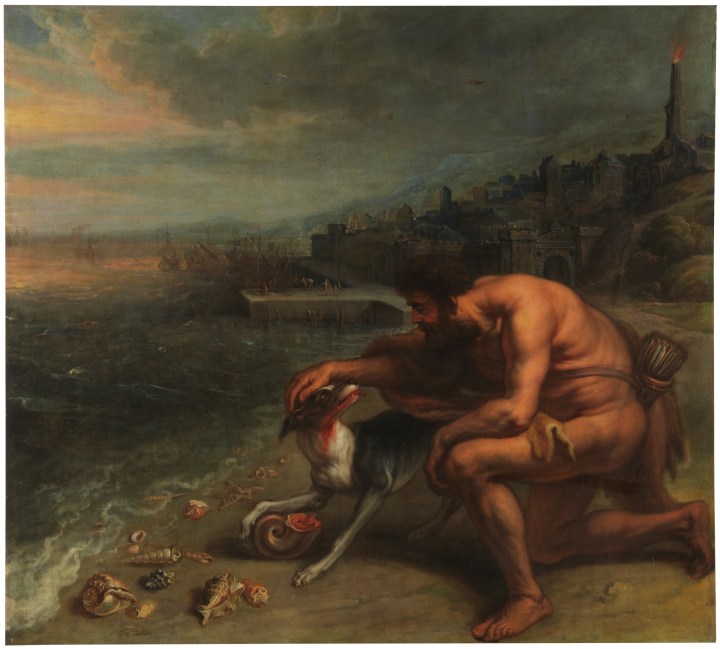
The writing you are now reading is largely due to the mucus glands near the anus of a Mediterranean sea snail, the spiny dye-murex. Small beginnings sometimes seed surprising outcomes.
Though the stories vary, all agree that it began with a dog. The Greek version is that the demigod Heracles and his dog were walking along a beach to visit a nymph. The dog gnawed on a snail and ended up with a purple mouth. When the nymph saw the colour she begged for a garment of the same colour.
In the Phoenician version, the dog belonged to Tyro, the mistress of the god Melqart who, on seeing the colour, requested a shawl of that colour.
Whoever it was who noticed the colour – and the dog on the beach story seems plausible – boiled a bucket of the snails and ended up with the finest dye the world had ever seen. In it, cloth turned an astonishing colour that didn’t fade but deepened in sunlight. It would lay the foundations of the world we now live in.
The beach was on the eastern coastline of the Mediterranean and the date probably around 1200 BC. The area consisted of a number of insignificant city-states surrounded by forest and wedged between high mountains and the sea. They had wood to trade but not much else.
The Bronze Age was falling apart for various reasons and the future of the Mediterranean cultures looked bleak. The anal secretion of the spiny dye-murex, used as a defence, would change all that. It would produce what became known as Tyrian Purple.
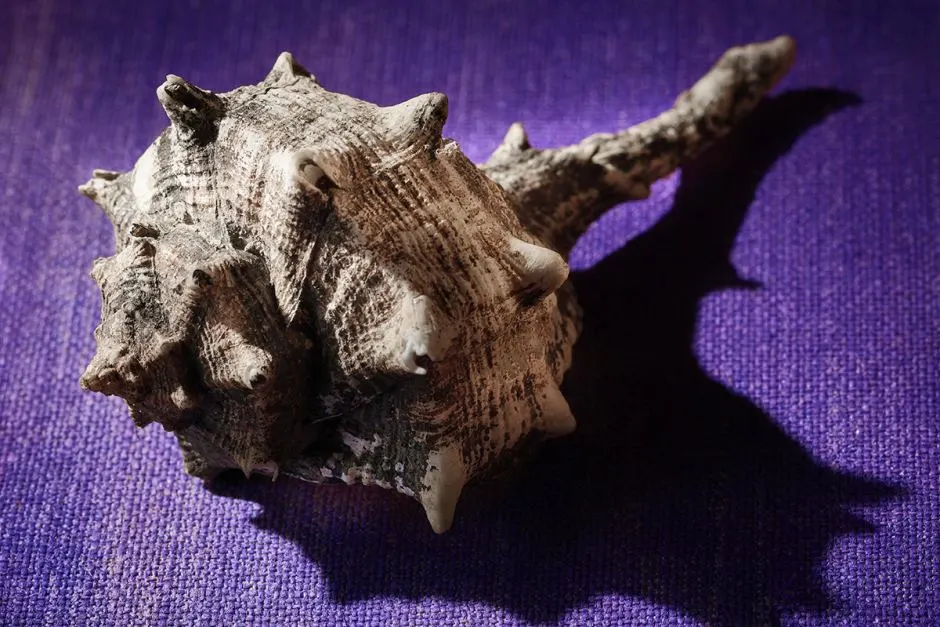
Murex shell. Image: Supplied / Thames & Hudson Australia / Adrian Lander
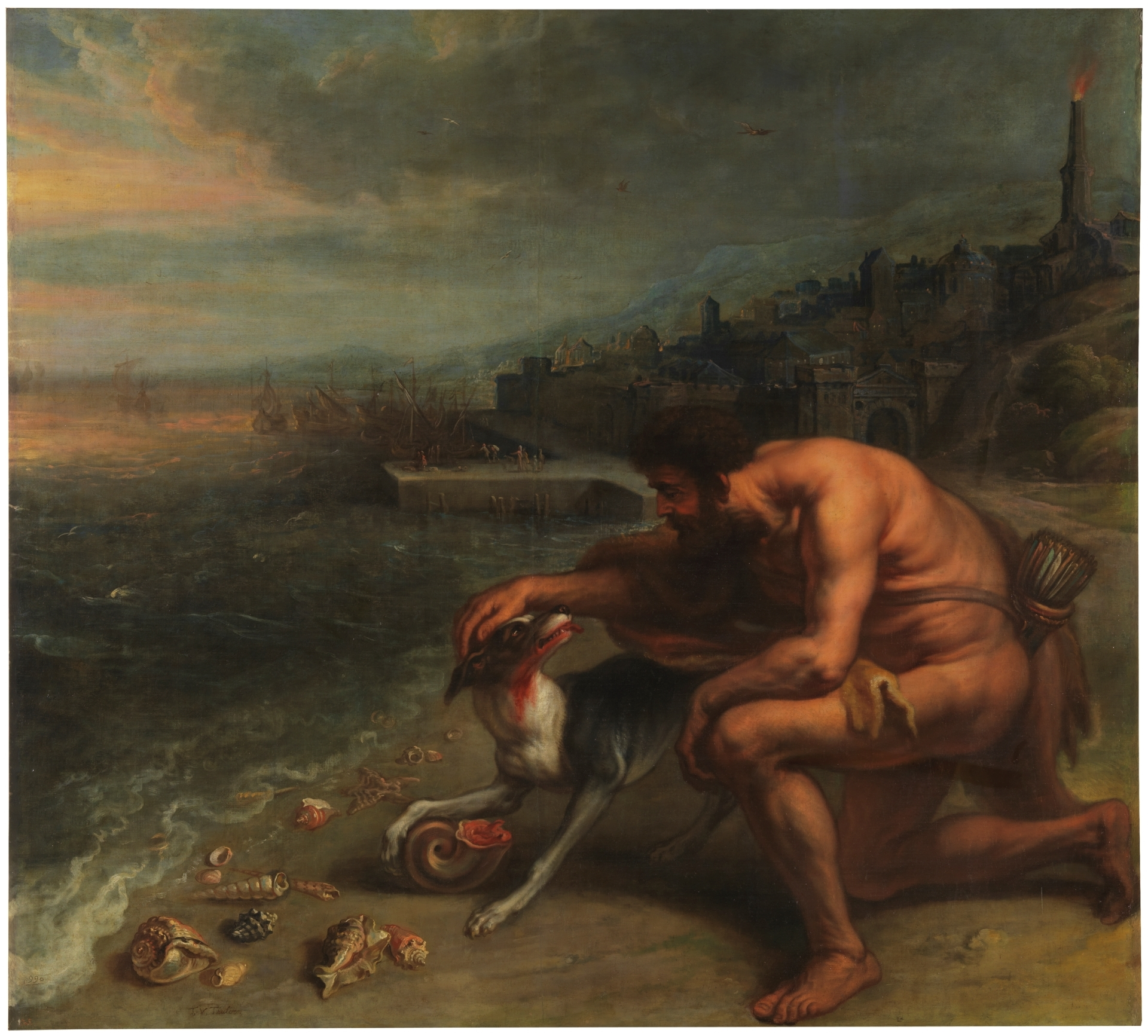
‘The Discovery of Purple’, the 1636
painting by Theodoor van Thulden housed at Museo del Prado. Image: Wikimedia
Extracting enough dye from the small gland of a moderate-sized mollusc required a lot of snails and a good deal of fortitude. It’s said to have taken 10,000 snails to yield one gram of pure dye, enough to colour only the trim of a single garment. These numbers are supported by the quantity of discarded shells which, at Sidon in Lebanon for example, created a mountain 40 metres high.
The dye could be collected by “milking” the snails through irritating them, which was labour intensive. But, as demand grew, the preferred method was to crush them and leave them to rot.
This produced a hideous stench, which might explain why the dye works were 14 kilometres south of the city at Sarepta. So pervasive was this smell that the Jewish Talmud specifically granted women the right to divorce any husband who became a dyer after marriage.
News of beautiful purple Phoenician cloth began to spread. Its rarity ensured high value and on its trade the Phoenician empire began to emerge.
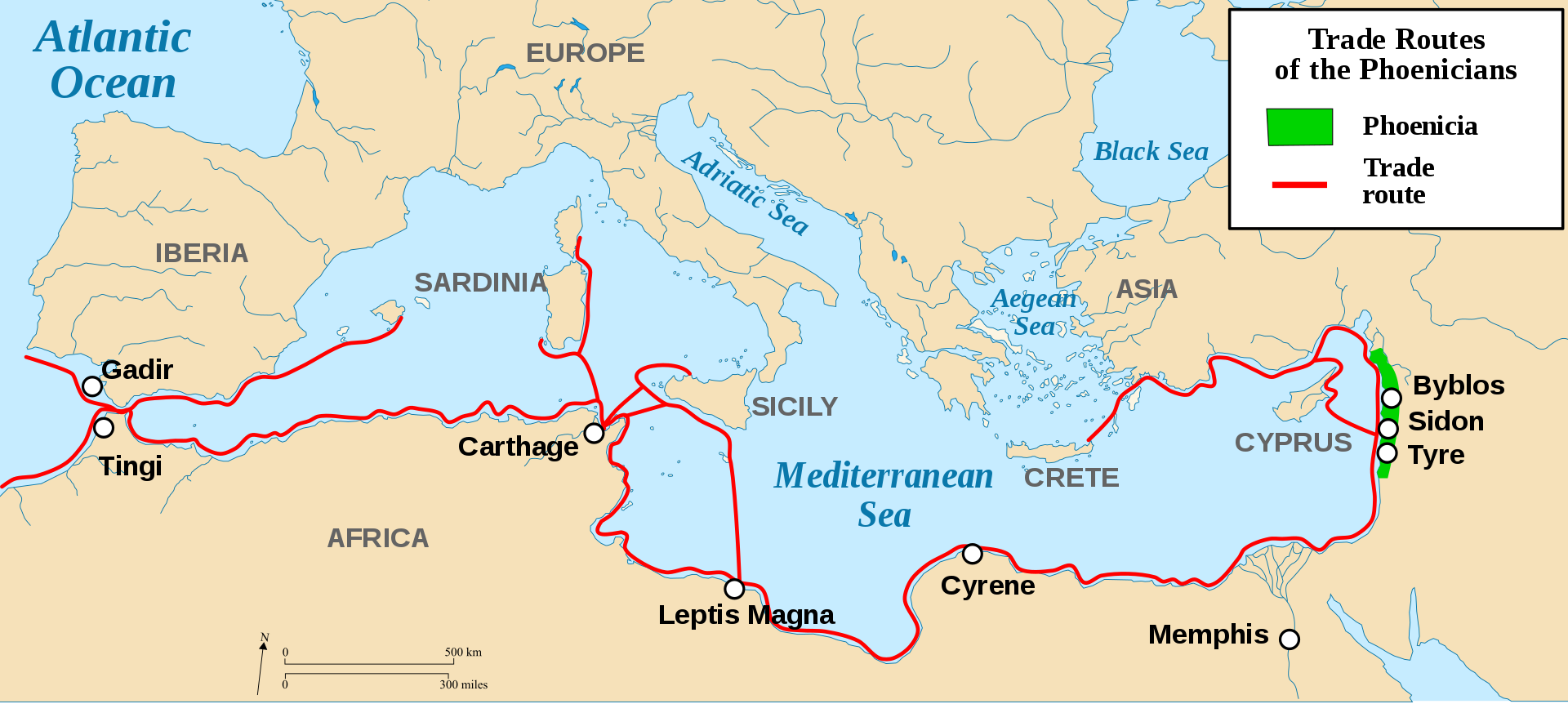
Phonecian trade routes. Image: Wikipedia
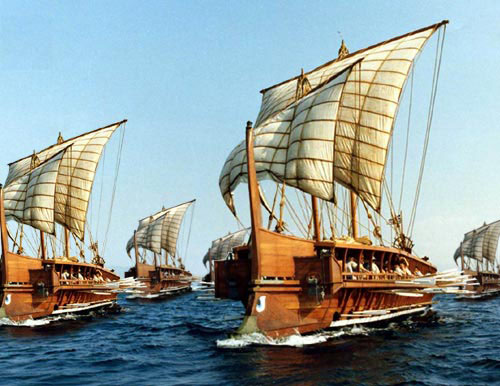
A “Fleet” of Greek triremes is shown in a multiple image of the reconstructed ship “Olympias,” a faithful recreation of the Ancient Greek trireme which enabled the rise of Athens as a great power. Image: Supplied / EDSITEment-reconstructed
The dye was so sought after it would become more valuable, weight for weight, than silver or gold. Tyrian purple became a status symbol representing power, prestige and wealth. Only royalty was permitted to wear the colour and their children were said to be “born in the purple”.
Being clad in purple was a statement – and an affront. Julius Caesar is named the first person to wear an all-purple toga purpurea. King Ptolemy of Mauretania wore one and it cost him his life. According to the Roman historian Suetonius, Ptolemy’s sartorial decision to wear purple on a visit to the Emperor Caligula was interpreted as an act of imperial aggression and he had his guest killed. Purple, it seems, was also to die for.
It’s a colour so subtle that, even today, it cannot be accurately rendered on a standard RGB computer monitor.
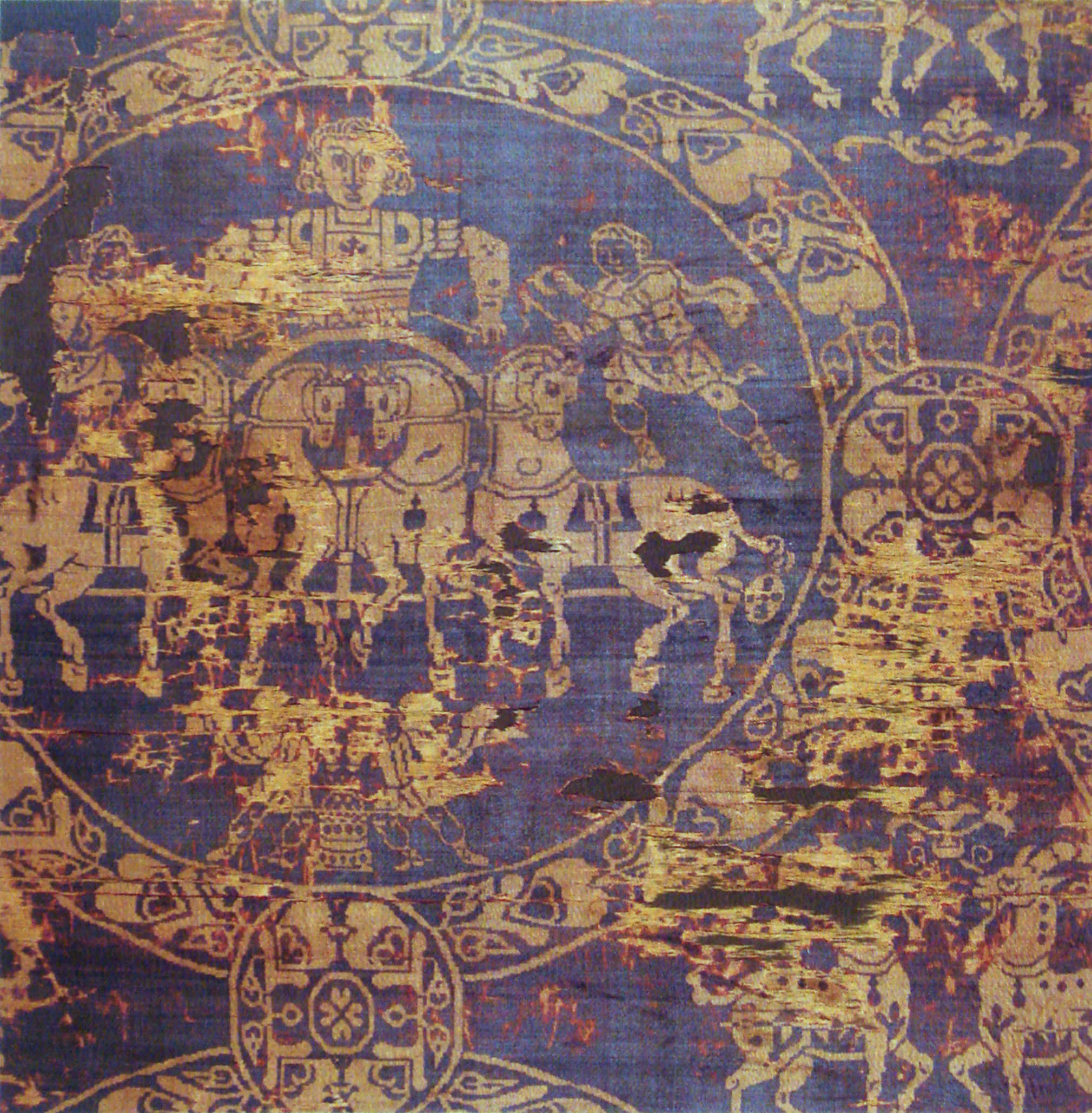
The silk shroud of Charlemagne made with gold and Tyrian purple. Image: Supplied / Musée National du Moyen Âge
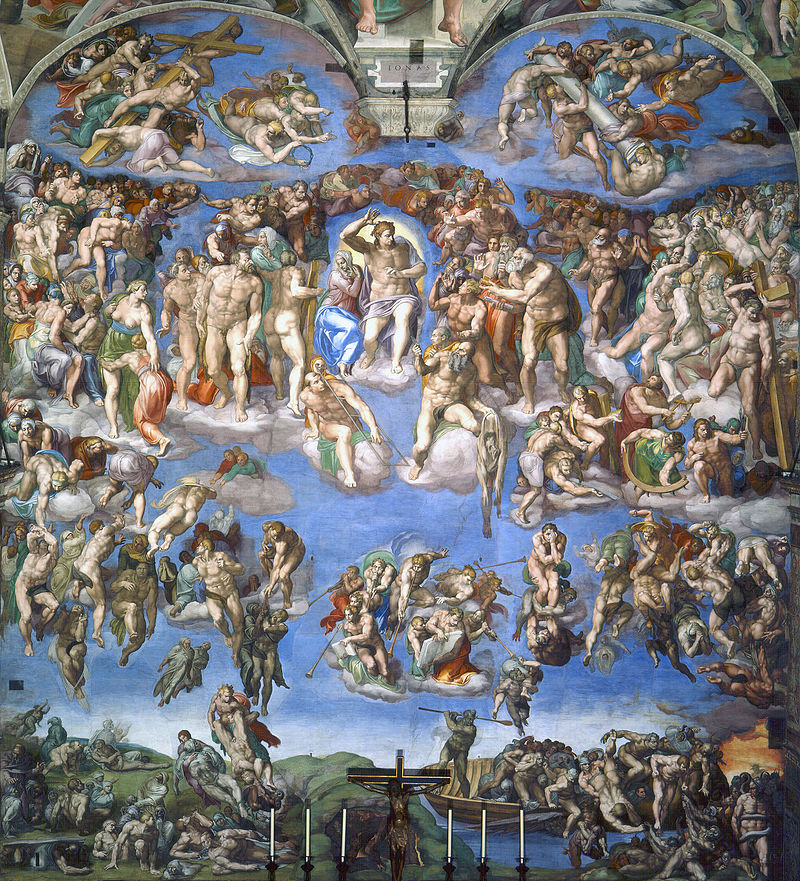
Last Judgement by Michelangelo with Christ in royal purple. Image: Supplied
The Phoenicians were quick to use their discovery to advantage. With their plentiful cedar trees and a product more valuable than gold, they built magnificent ships for trading and war. Their vessels were faster than any other, with an ingenious underwater “beak” that cut water ahead of the hull and spiked enemies.
They invented the trireme, which was regarded as the most advanced and powerful vessel in the ancient Mediterranean world and was eventually adopted by the Greeks. They also developed the keel and pegged mortice and tenon joints which served as a construction standard until late into the Roman Empire.
The amphora, a type of container used for both dry and liquid goods, was a Phoenician invention and became a standardised measurement of volume for close to 2,000 years.

Zoe Kravitz in tyrian purple, featured promotion material for “Fantastic Beasts: The Crimes of Grindelwald”. Image: Supplied
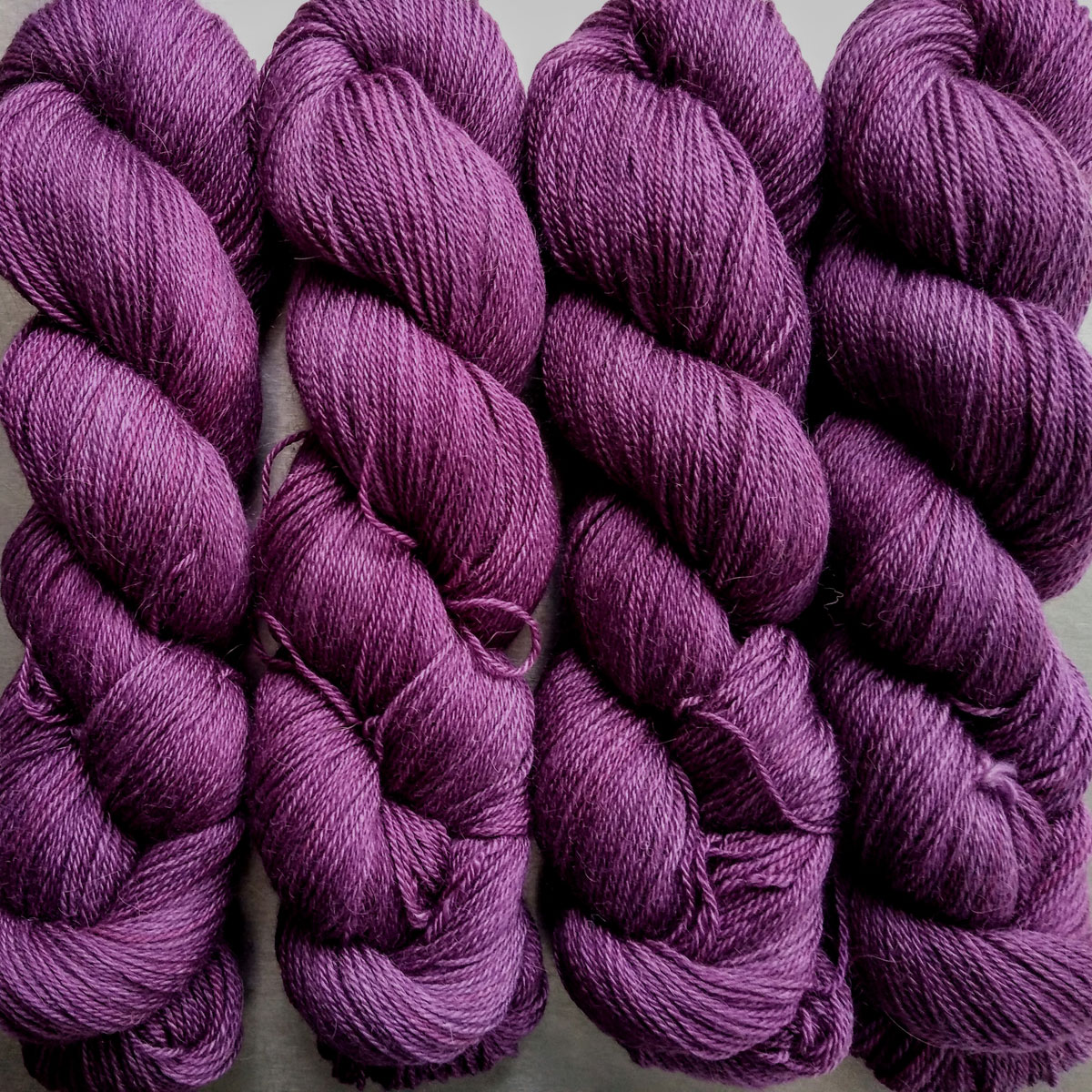
Purple yarn. Image: Supplied
Braving the seas beyond the sight of land, they advanced westwards, establishing trading ports at Cyrene (Libya), Carthage (Tunisia), Tingis (Morocco), Sardinia, Crete and Sicily, powered by the sale of Tyrian Purple.
For more than 1,000 years they were lords of the Mediterranean and the greatest traders the world had seen, growing immensely rich. They helped to facilitate the exchange of cultures, ideas and knowledge between major cradles of civilization such as Greece, Egypt and Mesopotamia.
Such complex trade needed records and their merchants adapted a clunky Canaanite script into a simple, 22-letter alphabet to do the job. Its system was phonetic, based on sounds and not objects, unlike the more cumbersome Chinese.
The world’s oldest verified alphabet, it spread across the Mediterranean, giving rise to Greek, Italic, Anatolian, Paleohispanic and the script you’re reading. But for that lowly snail on a Tyrian beach, you might be reading this in complex hieroglyphics.
Under threat from envious, warlike neighbours, the people of the seafaring city states relocated to Carthage where, in 146 BC, they were crushed by Rome. They are remembered today by the name given to them by the Greeks: Phoenicians – meaning People of Purple. DM/ ML















 Become an Insider
Become an Insider
Fascinating, thanks.
What a fascinating article, to think it all started with a dog and a snail!